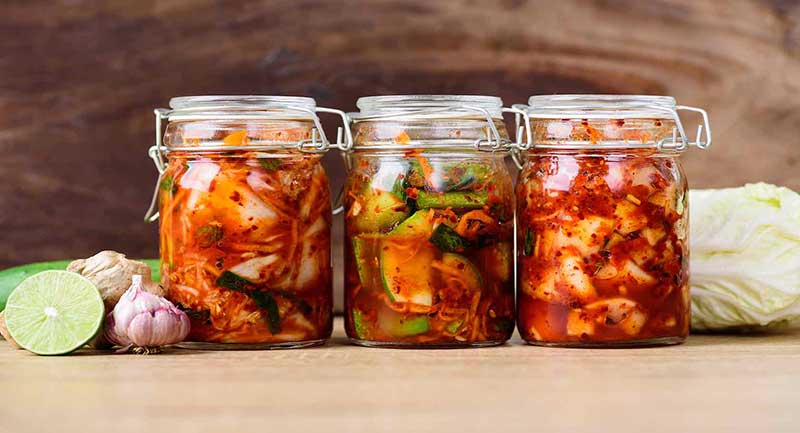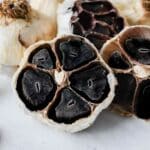How to Make Authentic Kimchi at Home
Kimchi is a traditional Korean dish that has gained popularity worldwide for its unique flavors and health benefits. Made from fermented vegetables, the most common being Napa cabbage, kimchi is a versatile condiment that can be enjoyed on its own or used in various recipes. Making authentic kimchi at home allows you to customize the flavors, adjust the spice level, and experience the satisfaction of creating this delicious and nutritious dish from scratch danielvosovic.
What is Kimchi?
Kimchi is a traditional Korean dish made by fermenting vegetables with salt and spices. The most popular variation uses Napa cabbage as the main ingredient, but other vegetables like radishes, cucumbers, and scallions can also be used. The fermentation process gives kimchi its distinct tangy and spicy flavors while preserving its nutritional value.
The History of Kimchi
Kimchi has a rich history that dates back thousands of years in Korean culture. It was initially created as a way to preserve vegetables during the harsh winter months when fresh produce was scarce. Over time, kimchi evolved into a beloved staple in Korean cuisine, with different regions and households developing their own unique recipes and fermentation techniques.
Why Make Kimchi at Home?
Making kimchi at home allows you to control the quality of ingredients, adjust the flavors to your liking, and experiment with different variations. Additionally, homemade kimchi is free from any additives or preservatives that are often found in store-bought versions. It’s a rewarding culinary experience that connects you with the rich cultural heritage of Korea.
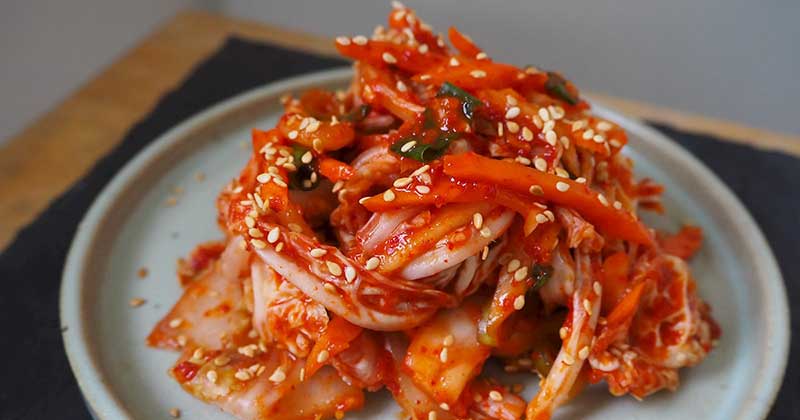
Essential Ingredients for Authentic Kimchi
To make authentic kimchi at home, you will need the following ingredients:
- Napa cabbage
- Salt
- Korean red pepper flakes (gochugaru)
- Garlic
- Ginger
- Fish sauce or soy sauce (for a vegetarian/vegan option)
- Sugar
- Scallions
- Carrots
- Radishes
These ingredients form the foundation of a classic kimchi recipe, but variations can include additional vegetables or seasonings based on personal preference.
Tools and Equipment Needed
Before you start making kimchi, gather the following tools and equipment:
- Large mixing bowl
- Kitchen gloves (optional)
- Cutting board
- Knife
- Glass jars or airtight containers for fermentation
- Weight or fermentation weights (to keep the vegetables submerged)
Having these tools handy will make the kimchi-making process more efficient and enjoyable.
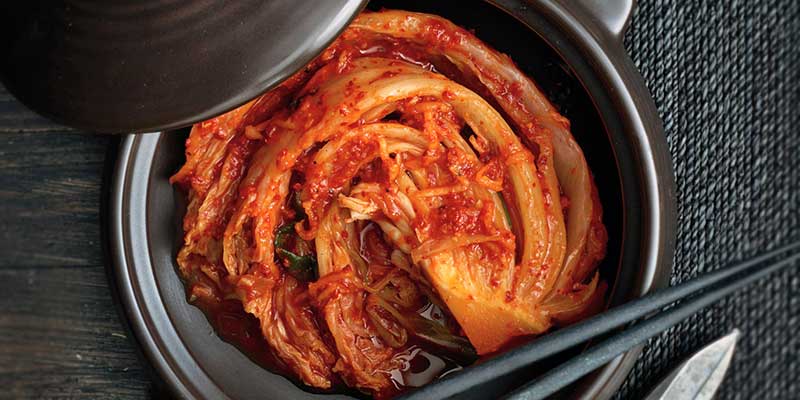
Step-by-Step Guide to Making Authentic Kimchi
Preparing the Cabbage
- Cut the Napa cabbage into quarters, removing the core.
- Dissolve salt in water and soak the cabbage in the brine for a few hours.
- Rinse the cabbage thoroughly to remove excess salt, then drain.
Making the Kimchi Paste
- In a blender or food processor, blend garlic, ginger, fish sauce (or soy sauce), Korean red pepper flakes, and sugar to make a smooth paste.
- Transfer the paste to a large mixing bowl.
Fermenting the Kimchi
- Add the cabbage, sliced scallions, carrots, and radishes to the kimchi paste.
- Mix everything thoroughly, ensuring each vegetable is coated with the paste.
- Pack the kimchi tightly into glass jars or airtight containers, leaving some headspace for expansion.
- Place a weight or fermentation weights on top of the kimchi to keep the vegetables submerged in their own juices.
- Seal the jars or containers and let them ferment at room temperature for a few days to several weeks, depending on your preference for the level of fermentation.
- Check the kimchi daily, pressing it down to release any air bubbles and ensure proper fermentation.
- Once fermented to your liking, transfer the kimchi to the refrigerator to slow down the fermentation process.
Tips for Successful Kimchi Making
Choosing the Right Cabbage
- Look for firm and fresh Napa cabbage with tightly packed leaves.
- Avoid cabbage with yellow or wilted leaves as they may affect the quality of your kimchi.
Adjusting the Spice Level
- Customize the spiciness of your kimchi by adjusting the amount of Korean red pepper flakes to suit your taste preferences.
Fermentation Time and Storage
- Shorter fermentation times (a few days) result in crisp and mildly tangy kimchi, while longer fermentation (several weeks) enhances the tanginess and depth of flavor.
- Store your kimchi in the refrigerator once it reaches the desired level of fermentation to maintain its freshness.
Storing and Using Kimchi
- Kimchi can be stored in the refrigerator for several months. The flavors will continue to develop over time.
- Enjoy kimchi as a side dish, add it to soups, stews, stir-fries, or use it as a topping for tacos, burgers, and sandwiches for an added kick of flavor.
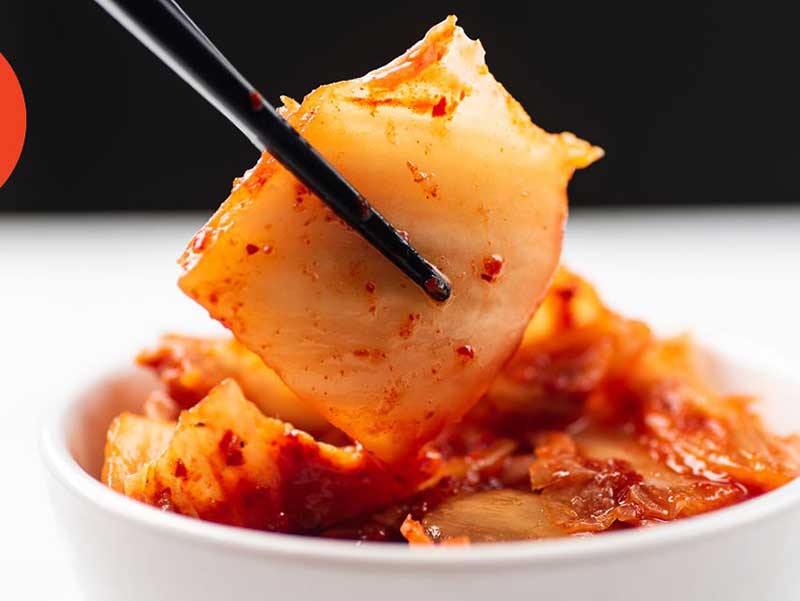
Health Benefits of Kimchi
Kimchi offers numerous health benefits due to its fermentation process and nutrient-rich ingredients. Some benefits include:
- Probiotics: The fermentation process produces beneficial bacteria that support a healthy gut microbiome.
- Vitamins and Minerals: Kimchi is rich in vitamins A, C, and K, as well as minerals like calcium and iron.
- Antioxidants: The red pepper flakes in kimchi contain antioxidants that help protect against cell damage.
- Digestive Health: The probiotics and fiber in kimchi promote digestion and improve bowel movements.
Kimchi Variations and Recipe Ideas
While Napa cabbage kimchi is the most common variety, there are many other kimchi variations to explore. Some popular options include:
- Baechu Kimchi: Traditional Napa cabbage kimchi.
- Kkakdugi: Kimchi made with cubed radishes.
- Oi Sobagi: Stuffed cucumber kimchi.
- Geotjeori: Fresh kimchi made without fermentation.
You can also incorporate kimchi into various recipes like kimchi fried rice, kimchi pancakes, kimchi stew, and kimchi grilled cheese sandwiches for a unique and flavorful twist.
Conclusion
Making authentic kimchi at home is a rewarding and flavorful experience. By following the step-by-step guide and tips provided, you can create a batch of delicious kimchi that suits your taste preferences. Experiment with different variations, spice levels, and fermentation times to discover your favorite combination. Enjoy the health benefits and the burst of flavors that kimchi brings to your meals.
FAQs
Is it necessary to wear gloves when making kimchi?
Wearing gloves is optional but recommended, especially when handling the kimchi paste and Korean red pepper flakes to avoid skin irritation.
Can I make vegan kimchi?
Yes, you can replace fish sauce with soy sauce or use a vegan fish sauce substitute to make vegan kimchi.
How long does kimchi last in the refrigerator?
Kimchi can last for several months when stored properly in the refrigerator. The flavors will continue to develop over time.
Can I adjust the spiciness of kimchi?
Absolutely! You can increase or decrease the amount of Korean red pepper flakes to adjust the spiciness according to your taste preferences.
Can I reuse the kimchi brine for other recipes?
Yes, the kimchi brine, also known as “kimchi juice,” can be used as a flavorful ingredient in soups, stews, marinades, and dressings.


